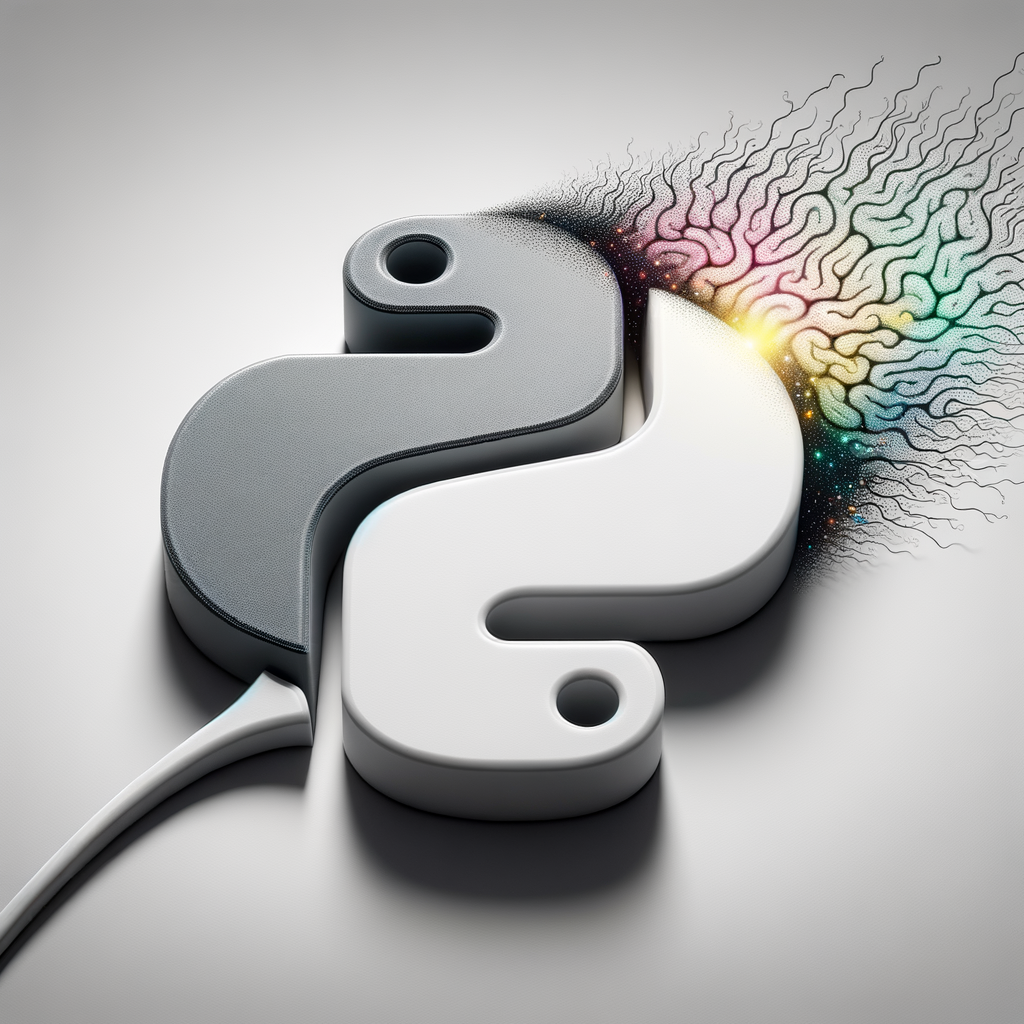
From Code to Creativity: The Future of Python Programming in AI
Explore the transformative role of Python programming in shaping the future of artificial intelligence. This blog delves into innovative Python applications, bridging the gap between code and creativity, and examines how Python empowers developers to push the boundaries of AI technology.
From Code to Creativity: The Future of Python Programming in AI
Introduction
Python has long established its place as the go-to programming language for developers working in the field of artificial intelligence (AI). Known for its simplicity, readability, and versatility, Python offers a rich ecosystem of libraries and frameworks that empower developers to innovate and implement AI solutions with ease. In this article, we will explore how Python is shaping the future of AI, enabling advancements across multiple domains.
The Rise of Python in AI
Python's ascension in the AI domain is no accident. With its accessible syntax and a vibrant community, Python makes it easy for both beginners and seasoned developers to engage deeply with AI technologies. Key libraries such as TensorFlow, PyTorch, and sci-kit-learn have further propelled Python's popularity, offering powerful tools that streamline processes like machine learning, deep learning, and data analysis.
Bridging Code and Creativity
While programming languages traditionally cater to logical and analytical reasoning, Python is uniquely poised to bridge the gap between code and creativity. AI models can now generate art, music, and design assets, blurring the lines between human and machine-generated creativity. For instance, Generative Adversarial Networks (GANs) enabled by Python are used to create photorealistic images that challenge our perceptions of artistry.
Python Libraries Fueling Innovation
1. TensorFlow & PyTorch
Both TensorFlow and PyTorch remain at the forefront of AI innovation. TensorFlow, with its comprehensive ecosystem, allows developers to deploy models across a range of platforms—from mobile devices to data centers. PyTorch offers a more flexible approach, particularly useful in research and development, allowing for quick prototyping and iteration.
2. NLTK and SpaCy
In the area of natural language processing (NLP), libraries like NLTK (Natural Language Toolkit) and SpaCy provide the tools necessary to manipulate and analyze large corpora. They enable applications ranging from simple keyword extraction to the nuances of sentiment analysis and language translation.
3. OpenCV
OpenCV (Open Source Computer Vision Library) empowers Python programmers to develop applications for real-time image processing and computer vision, an area critical to advancements in fields such as autonomous vehicles and drone technology.
Innovations in AI with Python
AI-Generated Content
Python plays a critical role in the generation of automated content—ranging from text summaries to visual art pieces. Artists and companies leverage AI-powered tools to automate and refine creative processes, achieving outcomes that were previously considered the domain of human ingenuity.
Ethical AI Development
As AI technologies become ever more ingrained into societal frameworks, Python developers are at the forefront of addressing ethical challenges. They use Python's libraries to implement transparency, fairness, and accountability in AI systems, ensuring that AI works for, and not against, human interests.
Internet of Things (IoT)
In the IoT space, Python helps to integrate smart devices and enhance connectivity through AI-driven processes, enabling more efficient data analysis and process automation. Developers use Python to create scripts that manage and analyze data from these connected devices in real-time.
Preparing for the Future
As we look ahead, Python's role in AI only seems likely to expand. With increasing demands and rapid technological advances, Python developers will continue to find new ways of merging code with creativity, bringing about solutions that address some of the world's most critical challenges.
Conclusion
Python is more than just a tool; it is an enabler of creativity and innovation in AI. As AI continues to evolve, Python's robust ecosystem offers developers the opportunity to collaborate, innovate, and redefine the boundaries of what is possible. Through the continuous evolution of its libraries and frameworks, Python will remain an integral part of AI's future.